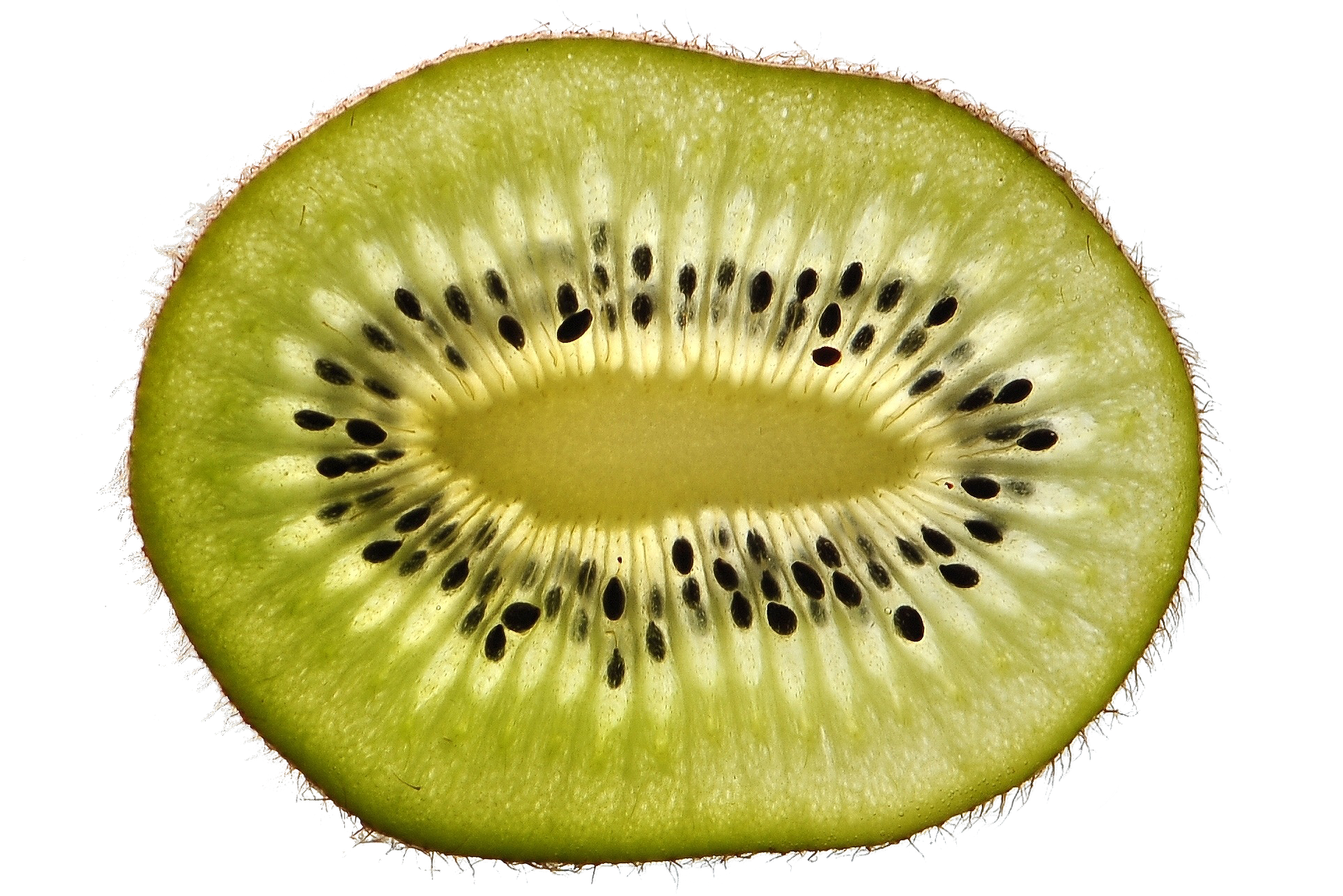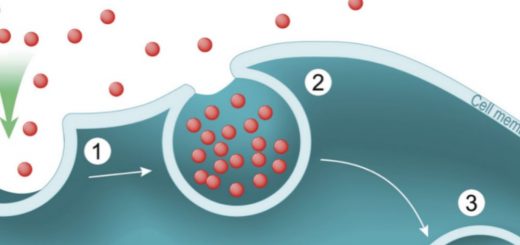What is DNA? DNA Extraction from Kiwifruit

Author(s): Octavian Horia Minda
Summary
DNA is present in the cells of all living organisms. This procedure is designed to extract DNA from kiwi in sufficient quantities to be seen and spooled. This activity is ideal for students to work in pairs, but each student will have a tube of DNA at the end.
| Subject | Green Biotechnology |
| Topic | DNA |
| Age of students | 12-15 |
| Preparation time | 30Minutes |
| Teaching time | 45Minutes |
| Online teaching material (links for online material) | |
| Offline teaching material | ziplock bags (1 per student pair)jar or beaker that fits strainer or funnel (1 per 8 studentscoffee filerextraction solution (1 tube of 20 mls per student pair)kiwifruit (cut into 12-16 pieces, each student pair needs 4 pieces)cold 95% ethanol or isopropanol (2-3 mls per student)small test tubes (1 per student |
Aim of the lesson
This simple DNA extraction lesson plan lets students try a fun DNA activity while they learn more about this important biology topic.
By the end of this lesson students will:
1) Students will try extracting DNA from a Kiwifruit by following the simple instructions and can take the activity further with the use of a microscope
Activities
Before
Extraction solution recipe:
For one liter of the extraction solution, mix 100 ml of shampoo (eg Suave Daily Clarifying Shampoo, many shampoos will work, but do not use shampoos with conditioner or baby shampoo) and 15 g of table salt (iodized or non-iodized both will work). Add water to make a final volume of 1 liter. Dissolve the salt by stirring slowly to avoid foaming. Measure 20 ml of solution for each pair of students
| Name of activity | Procedure | Time |
| Introduction | DNA is present in the cells of all living organisms. This procedure is designed to extract DNA from kiwi in sufficient quantities to be seen and spooled. This activity is ideal for students to work in pairs, but each student will have a tube of DNA at the end. Some questions to get you thinking about today’s lab:One way to purify a molecule is to get rid of everything but that molecule. If we want to isolate DNA from kiwifruit, what do we have to get rid of? All parts of the cell besides the DNA, i.e. cell wall (kiwi is a plant, after all), cell membrane, mitochondria, Golgi apparatus, endoplasmic reticulum, vacuoles, lysosomes, nuclear membrane, etc. What materials would you use to do that? Something to mush the cells (blender or your hands), something to destroy membranes (soap dissolves them), something to get rid of proteins and carbohydrates (salt causes them to precipitate), something to separate insoluble cell stuff from soluble DNA, and something to help get the DNA (alcohol precipitates it). What can we do with the DNA once we’ve purified it? Use it in DNA fingerprinting (solve a crime, see a genetic defect), put it into another organism to give it specific traits (this is called transformation or genetic engineering), other? | 10min |
| Experiment | 1. Get 4 pieces of kiwi and put them in a ziplock bag. 2. Add 20 ml of extraction solution to the ziplock bag. Make sure the bag is closed without much extra air. Mush the kiwi thoroughly but carefully so the bag doesn’t break, for about 5 minutes. What does mushing the kiwi do? Breaks the cell wall 3. What do you think the extraction solution is? What does it do to the kiwi? Soap will cause the solution to bubble so students should be able to guess what’s in here. The soap destroys the cell and nuclear membranes, allowing the DNA to get out. There is also salt in the extraction solution, which causes the proteins and carbohydrates to precipitate, while the DNA remains in solution. 4. Filter the mixture through the coffee filter. All the groups can combine their mixtures at this point, to filter together. What is being filtered out? What is going through the filter? Students can usually see the seeds being filtered out. Most of the cell parts and the precipitated protein and carbohydrate are also being filtered out at this point. 5. Dispense approximately 2 ml of kiwi solution into each test tube, one for each pair. 6. Being careful not to shake the tubes, add approximately 2 ml of cold 95% ethanol to each tube. What do you think the ethanol does? Why do we want it cold? We don’t have to worry about the DNases at this point, because hopefully they’ve mostly been filtered out. What we are most concerned about is precipitating (or solidifying) the DNA. The colder something is, the more likely it will precipitate or solidify. Cooling the alcohol just increases the amount of DNA that precipitates. 7. Take a look at your tube. What do you see in the top portion of the liquid? You can actually pick up the DNA at this point, using a toothpick, wood pencil, or glass stirring rod. | 35min |
| X min | ||
| Xmin | ||
| Xmin | ||
| Xmin |
Assessment
Describe here the assessment method of the lesson, if any. For example, if you plan on assessing your students with a quiz, include here questions and answer options with color-coding the correct answers.





